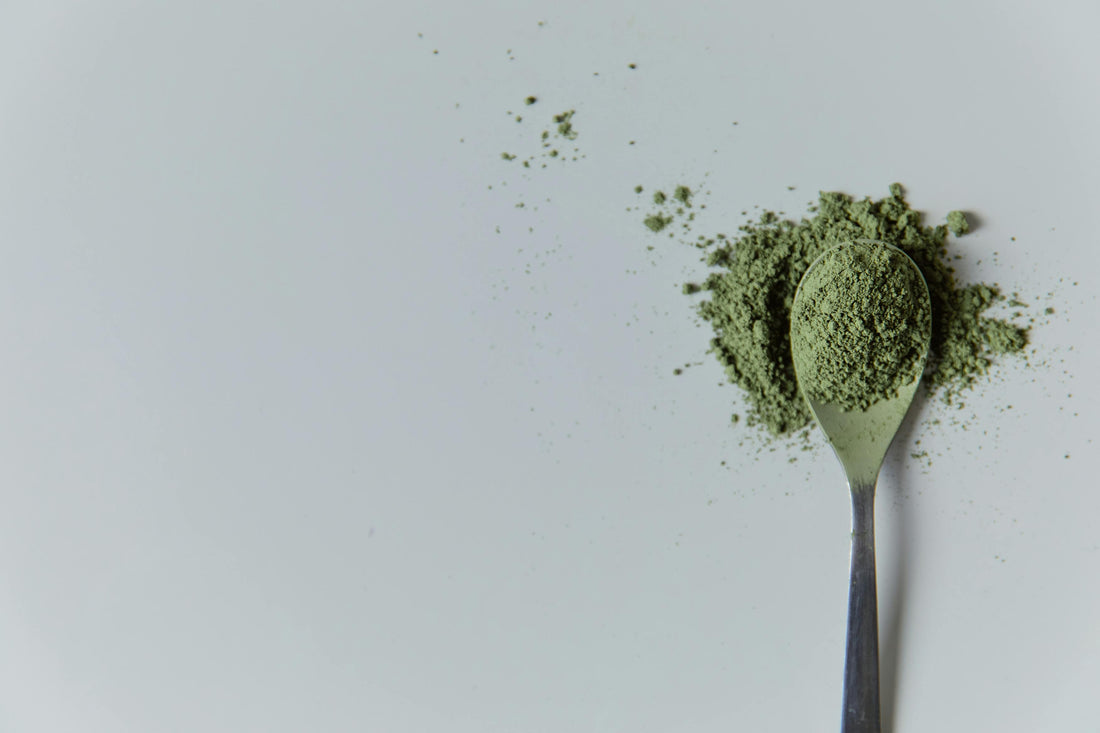
How to Determine the Quality of Your Matcha
Matcha, the vibrant green powdered tea from Japan, has gained immense popularity worldwide due to its numerous health benefits and unique flavor. However, with the increasing demand, the market is flooded with various grades of matcha, making it challenging to distinguish high-quality matcha from inferior ones. If you’re wondering whether the matcha you purchased is good quality, here are some key factors to consider:
1. Color
High-quality matcha is a vivid, bright green color. This hue is a result of the high chlorophyll content in the leaves, which are shade-grown to enhance their green color. Inferior matcha tends to have a dull, yellowish, or brownish hue, indicating lower quality leaves or improper processing.
2. Texture
Good quality matcha should be finely ground to a talc-like consistency. When you rub it between your fingers, it should feel smooth and not gritty. If the powder feels coarse or sandy, it’s likely of lower quality.
3. Aroma
High-quality matcha has a fresh, grassy, and sweet aroma. It should evoke the scent of fresh green tea leaves. If your matcha smells musty, stale, or has no significant aroma, it may not be of good quality or could be past its prime.
4. Taste
The taste of matcha is one of the most telling indicators of its quality. Premium matcha should have a balanced flavor profile, combining natural sweetness, slight bitterness, and a rich, umami finish. It should be smooth and creamy when whisked into water. Poor quality matcha often tastes overly bitter, astringent, or has an unpleasant aftertaste.
5. Origin
While not an absolute indicator, matcha from reputable regions in Japan, such as Uji in Kyoto, Nishio in Aichi, and Yame in Fukuoka, is often of higher quality due to the traditional cultivation and processing methods used in these areas. Always check the origin of your matcha to ensure it comes from a trusted source.
6. Price
Good quality matcha tends to be more expensive due to the labor-intensive production process. If the price seems too good to be true, it probably is. However, high price alone doesn’t guarantee quality, so consider it in conjunction with other factors.
7. Packaging
Quality matcha is sensitive to light, air, and moisture. It should be packaged in airtight, opaque containers to preserve its freshness and vibrant color. If your matcha comes in a clear or poorly sealed package, it may have degraded in quality.
8. Labeling
Check the label for key terms such as “ceremonial grade” or “culinary grade.” Ceremonial grade matcha is typically the highest quality and is intended for traditional tea ceremonies or drinking straight. Culinary grade is still good quality but is often used for cooking or in lattes due to its stronger flavor.
Conclusion
Determining the quality of matcha involves a combination of visual inspection, sensory evaluation, and understanding the product's origin and packaging. By considering these factors, you can better assess whether the matcha you purchased meets the standards of high quality. Investing in good matcha not only ensures a delightful tea experience but also allows you to enjoy the full range of its health benefits.
Remember, the journey to finding the perfect matcha can be as enjoyable as the tea itself. So, take your time and savor the process.
Happy sipping!
